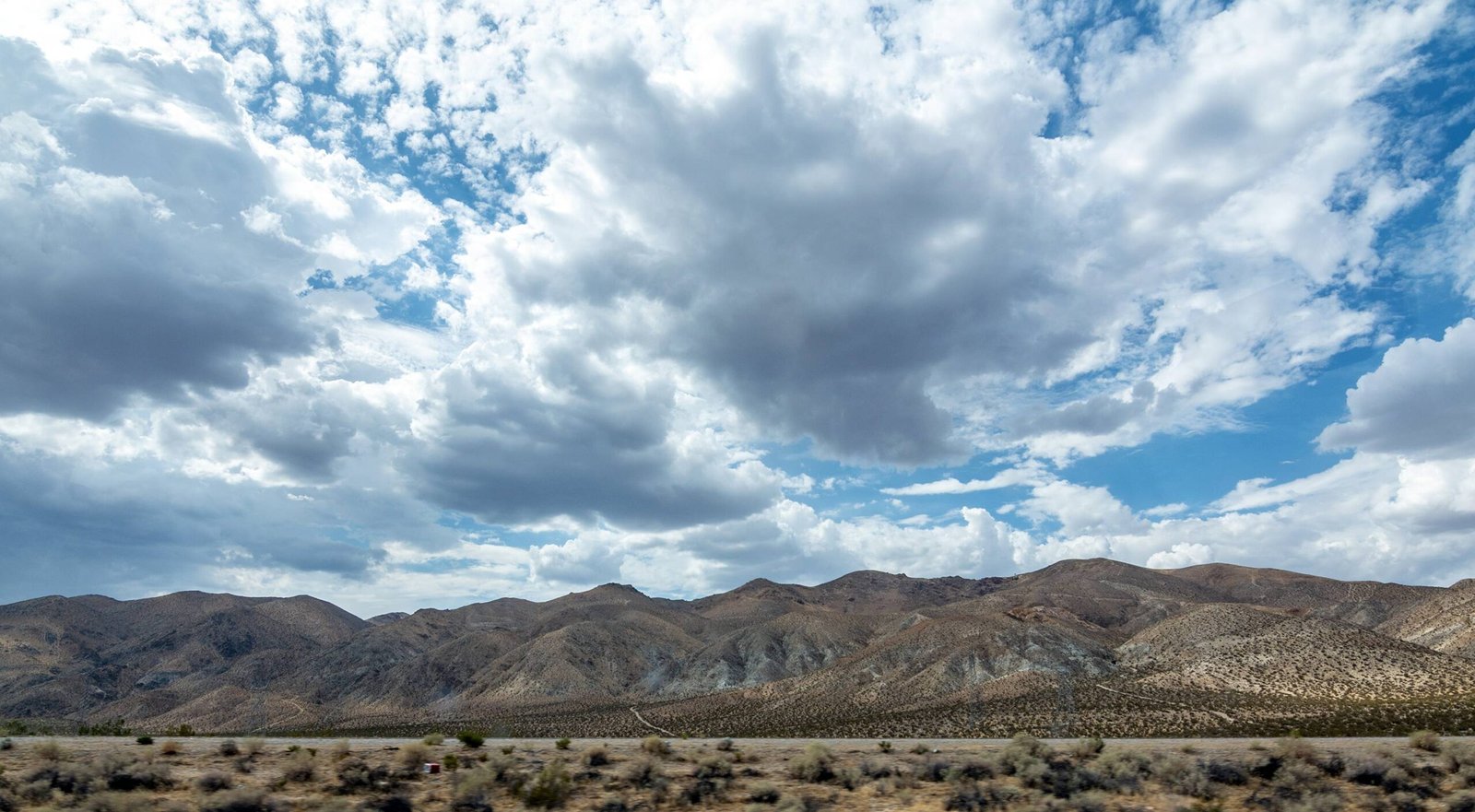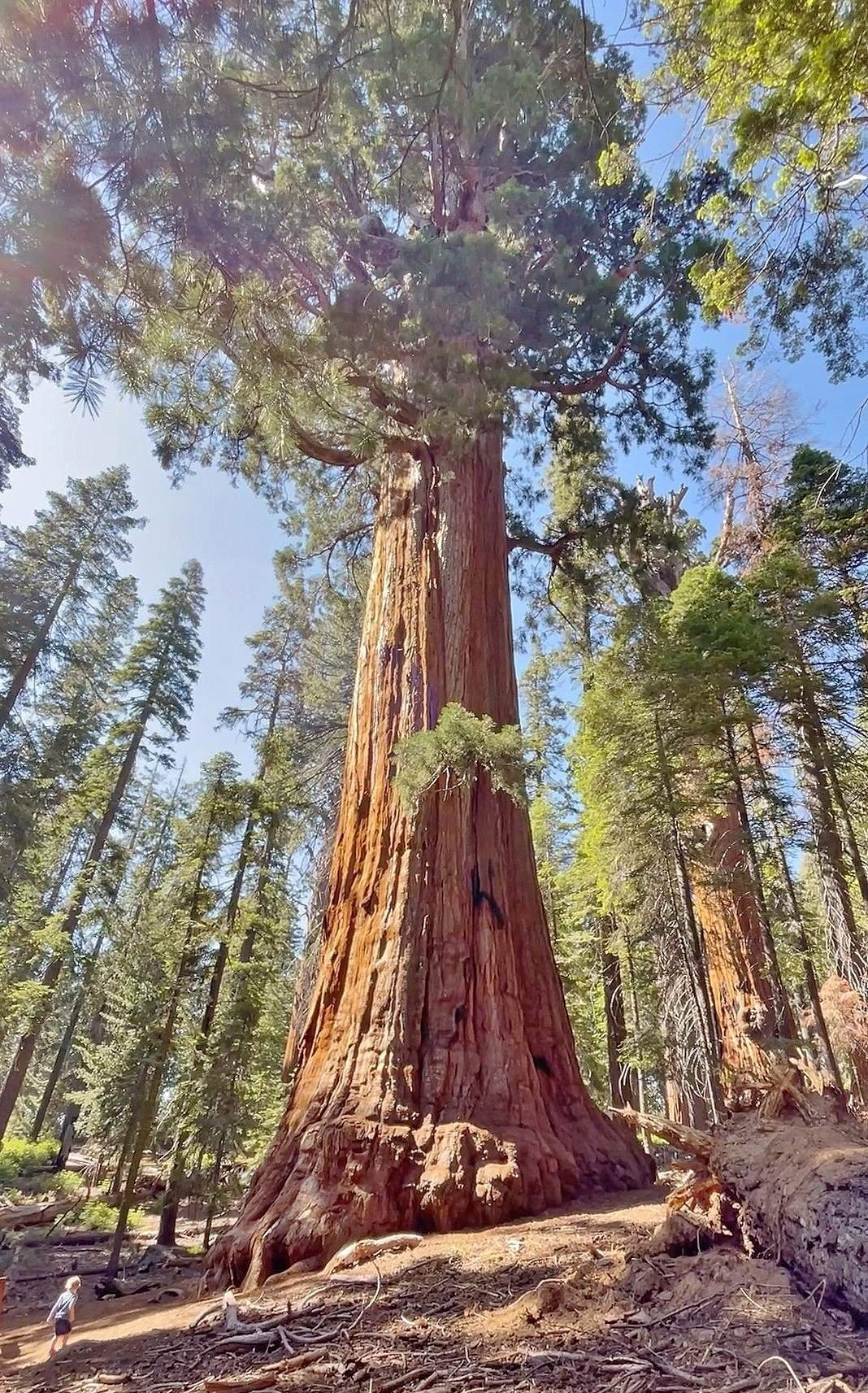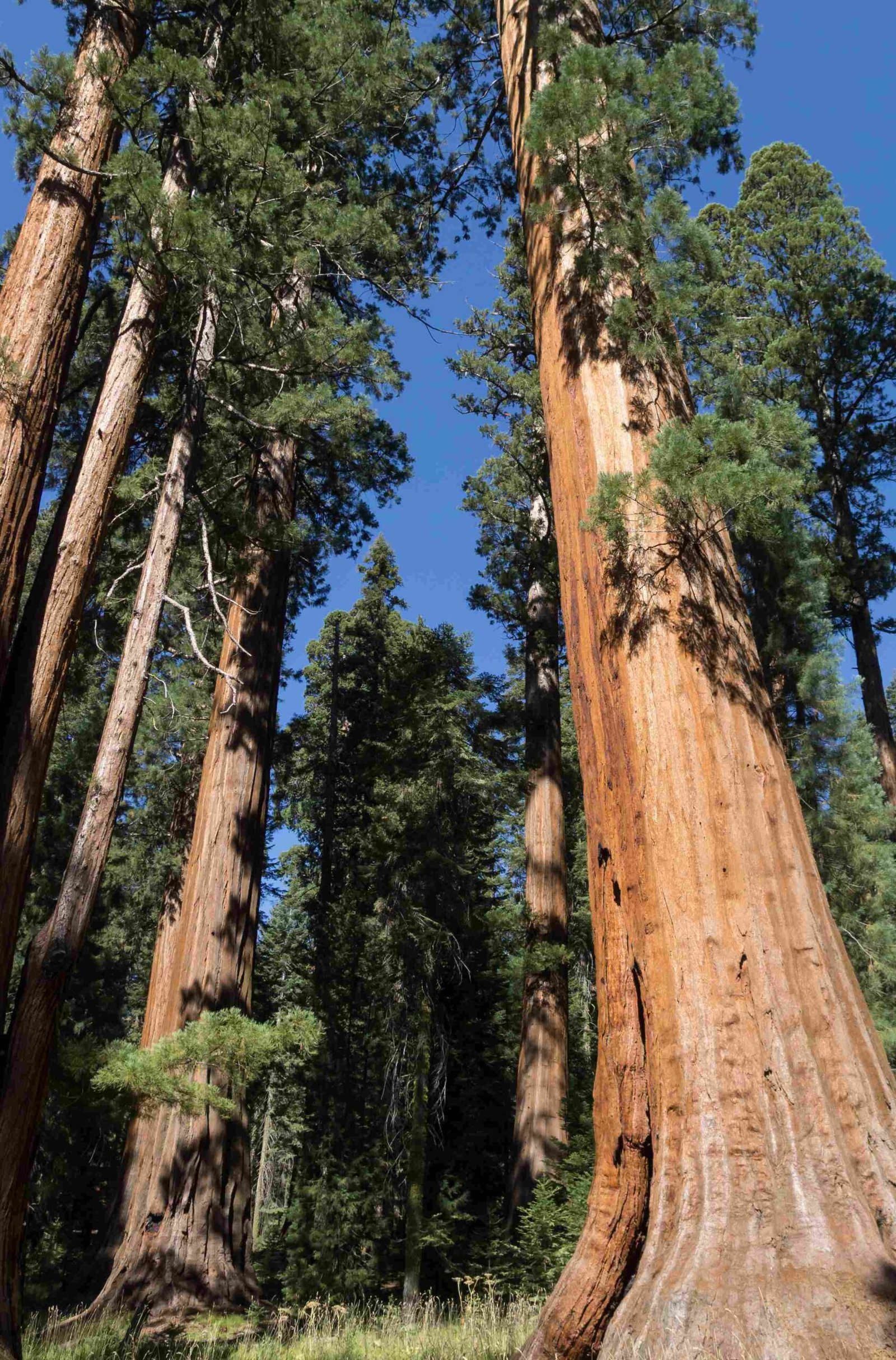Moro Rock, a prominent granite dome in Sequoia National Park, California, is often mistaken for metamorphic rock due to its striking appearance. However, it is actually composed of granitic rock formed during the Cretaceous Period. This iconic landmark offers breathtaking views of the Great Western Divide and the western half of the park. Despite not being metamorphic, Moro Rock’s geological significance and hiking opportunities make it a must-visit destination for nature enthusiasts and geology buffs alike.
What is the Geological Composition of Moro Rock?

Contrary to popular belief, Moro Rock is not composed of metamorphic rock. Instead, it is a granitic formation, part of the Sierra Nevada batholith. This massive body of intrusive igneous rock formed approximately 100 million years ago during the Cretaceous Period. The rock’s composition includes:
- Quartz
- Feldspars
- Micas
These minerals give Moro Rock its distinctive speckled appearance, often described as a “salt and pepper” texture.
How Did Moro Rock Form?

The formation of Moro Rock is a fascinating geological process:
- Subduction of the Pacific Plate: As the Pacific Plate was forced under the North American Continent, it generated intense heat and pressure.
- Magma Generation: This subduction process caused rock to melt deep beneath the Earth’s surface.
- Cooling and Crystallization: The molten rock slowly cooled and crystallized, forming the granitic rocks we see today.
- Uplift and Erosion: Over millions of years, tectonic forces lifted the Sierra Nevada range, exposing the granite. Erosion then sculpted the distinctive dome shape of Moro Rock.
What Are the Unique Features of Moro Rock’s Geology?
Moro Rock exhibits several interesting geological features:
- Exfoliation: The dome-like shape is a result of exfoliation, where sheets of rock peel off the surface due to pressure release.
- Jointing: Vertical and horizontal cracks, known as joints, are visible in the rock face.
- Weathering Patterns: The surface of Moro Rock shows various weathering patterns, including tafoni (small cave-like features) and differential weathering.
How Does Moro Rock Compare to Other Geological Features in Sequoia National Park?
| Feature | Moro Rock | Other Park Features |
|---|---|---|
| Rock Type | Granitic | Varied (metamorphic, sedimentary) |
| Age | ~100 million years | Range from Precambrian to Recent |
| Elevation | 6,725 feet | Varies (1,370 to 14,494 feet) |
| Formation Process | Plutonic intrusion | Diverse (glaciation, uplift, erosion) |
What Hiking Opportunities Does Moro Rock Offer?
The hike to Moro Rock’s summit is a popular attraction:
- Trail Length: 0.6 miles round trip
- Elevation Gain: 300 feet
- Difficulty: Moderate to strenuous
- Features: 400 stone steps, handrails for safety
Hikers should be prepared for:
– Thin air at high elevation
– Potential thunderstorms in summer
– Icy conditions in winter (trail may be closed)
How Has Moro Rock Influenced the Ecosystem of Sequoia National Park?
Moro Rock plays a significant role in the park’s ecosystem:
- Microhabitats: The rock’s surface and crevices provide unique habitats for specialized plant and animal species.
- Watershed: As part of the park’s granite formations, it influences local water drainage patterns.
- Climate Influence: The large rock mass affects local wind patterns and temperature variations.
What Conservation Efforts Are in Place to Protect Moro Rock?
To preserve Moro Rock and its surroundings, several conservation measures are implemented:
- Limited Vehicle Access: During peak seasons, a shuttle service reduces traffic impact.
- Trail Maintenance: Regular upkeep of the stone stairway prevents erosion and ensures visitor safety.
- Education Programs: Interpretive signs and ranger-led talks inform visitors about the geological and ecological importance of the area.
How Can Visitors Best Experience Moro Rock?
To make the most of your visit to Moro Rock:
- Time Your Visit: Early morning or late afternoon offers the best lighting for photography and fewer crowds.
- Use the Shuttle: On weekends and holidays, take advantage of the free shuttle service from Giant Forest Museum.
- Bring Proper Gear: Wear sturdy shoes, bring water, and carry a camera for panoramic views.
- Learn in Advance: Visit the Giant Forest Museum to understand the geological context before hiking Moro Rock.
What Future Research is Planned for Moro Rock?
Ongoing and future research at Moro Rock includes:
- Climate Change Impact: Studies on how warming temperatures affect the rock’s weathering processes.
- Biodiversity Surveys: Cataloging the unique species that inhabit the rock’s microenvironments.
- Geological Mapping: Detailed mapping of the rock’s structure to better understand its formation and potential future changes.
How Does Moro Rock Contribute to Our Understanding of California’s Geological History?
Moro Rock serves as a valuable tool for geologists and educators:
- Tectonic History: It provides evidence of the massive tectonic forces that shaped California.
- Erosional Processes: The rock demonstrates various weathering and erosion patterns over geological time.
- Dating Techniques: Scientists use radiometric dating on Moro Rock to calibrate dating methods for other geological features.
In conclusion, while Moro Rock in Sequoia National Park, California, is not a metamorphic rock as some might assume, its granitic composition and unique geological features make it an invaluable natural landmark. From its formation during the Cretaceous Period to its current role in the park’s ecosystem and as a popular hiking destination, Moro Rock continues to captivate visitors and researchers alike. Its presence not only offers breathtaking views but also provides crucial insights into the geological processes that have shaped California’s landscape over millions of years.
References:
1. Moro Rock – Wikipedia
2. Geology Overview – Sequoia & Kings Canyon National Parks
3. Moro Rock & Other Granite Domes – National Park Service

